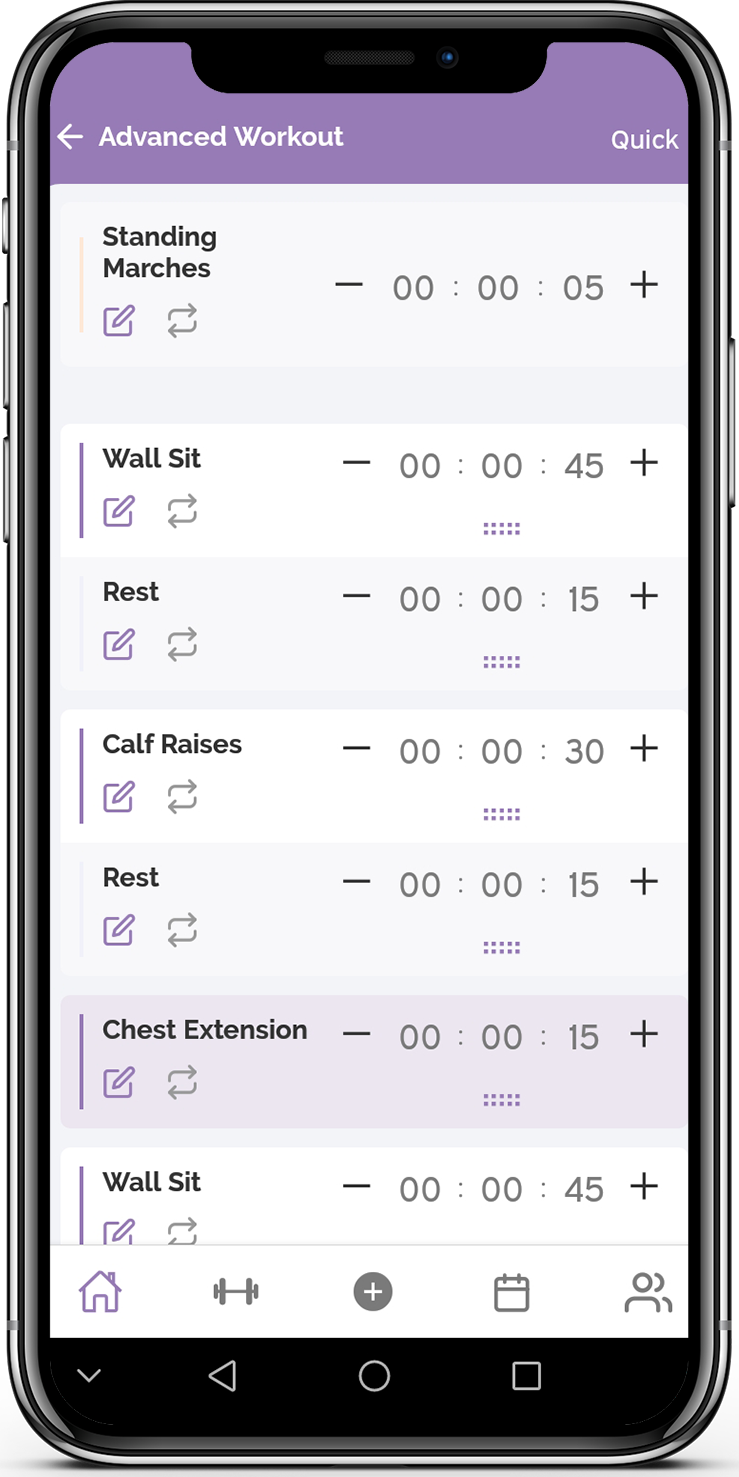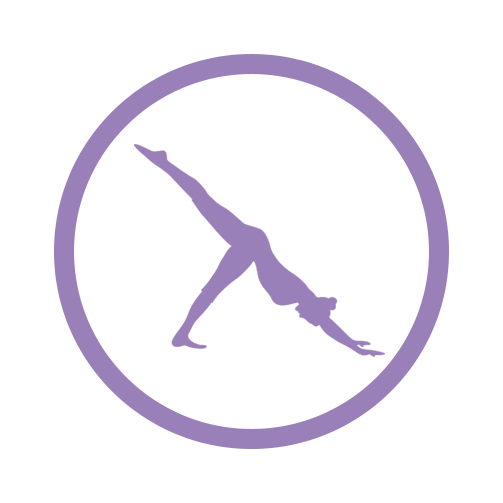An anterior pelvic tilt is when your pelvis is rotated forward, which forces your spine to curve. It’s often caused by excessive sitting without enough exercise and stretching to counteract the effects of sitting all day.
10 Minutes Daily Exercises to Fix “Anterior Pelvic Tilt”
Exercises
1. Lying Pelvic Tilts
- Gently correct your posture.
- 1 set of 10 reps
2. Standing Pelvic Tilts
- Transition seamlessly to standing.
- Perform 1 set of 10 reps for a well-rounded routine.
3. Body-weight Hip Thrusts
- Strengthen key muscles.
- Enhance pelvic stability.
- 3 sets of 10+ reps.
4. RKC Plank
- Engage your core effectively
- Promote overall core strength.
- 2 sets of max holds.
5. Lunge Stretch
- Improve flexibility and balance.
- 2 sets of 30-second holds for each leg.
6. Rectus Femoris Stretch
- Release tension in your legs.
- Promote muscle flexibility.
- 2 sets of 30-second holds for each leg.
Benefits of doing above 10 Minutes Daily Exercises
- Better heart health
- Booste endurance
- Lost weight
- Strong muscles
- Improve abilities of the body to absorb insulin
Also Read: Figure 4 Glute Stretch – Effective Stretches to Implement in Your Daily Routine
Exercises to do at home with O’Coach app:
If you’ve only got 5-10 mins, doing some morning exercises with the O’Coach app can improve your health, help to strengthen muscles and improve the abilities of the body to absorb insulin.
O’Coach custom workout app helps us manage and perform your daily workouts. Especially for people with desk jobs, O’Coach custom workout app makes it easy for them to fit basic exercises into their routine schedule.
Click Here To Perform These Exercises .

Download the 100% free O’Coach custom workout app to perform your daily 2-5 mins workout with the O’Coach app.
- You can create your own custom workout routine according to your needs and preferences.
- You can add reminder schedules for your exercises based on your convenience and requirements.
- You can create a small community with your friends and supporting family members to keep you motivated and ensure progress.







